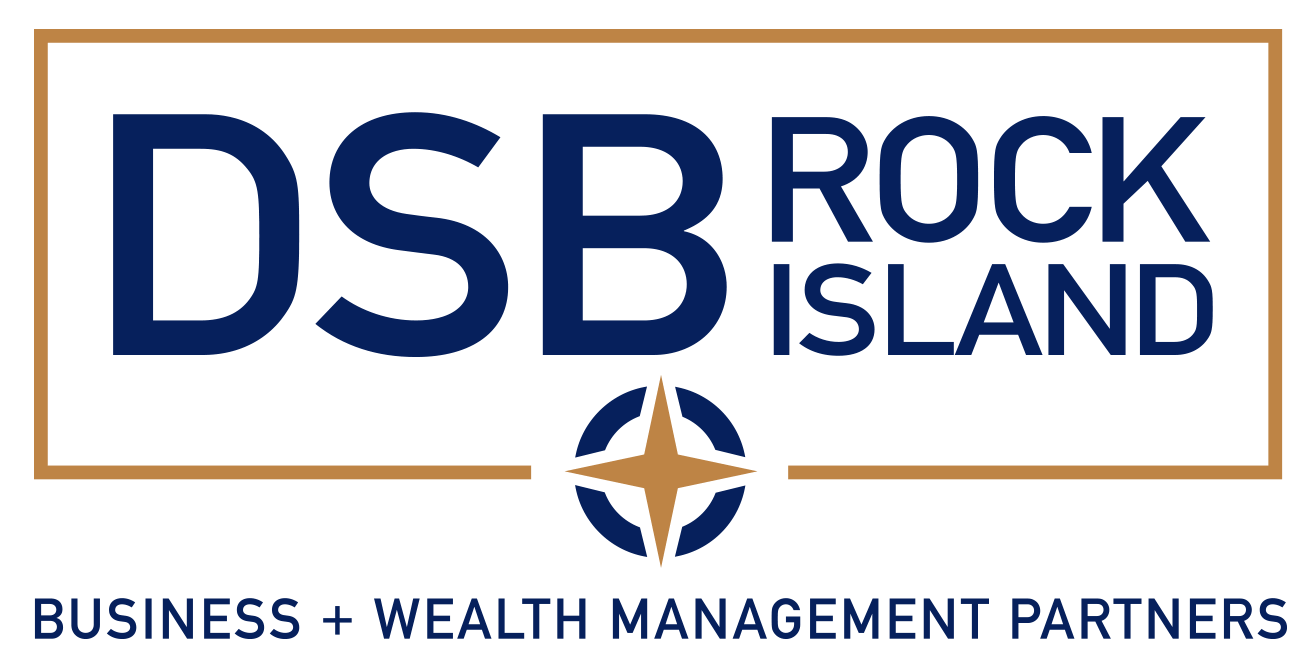Valuation for Financial Reporting | Resources for CFOs, CAOs + Controllers
This resource guide was created to assist CFOs, CAOs, and Controllers with understanding the fair value requirements of U.S. GAAP. Fair value estimates have become increasingly scrutinized at public accounting firms and many companies are dealing with GAAP valuation issues for the first time. This site provides high level assistance for those unfamiliar with the current valuation standards or looking for a refresher.
Fair Value Guidance and Best Practices
Fair value is defined within ASC 820, Fair Value Measurements and Disclosures, as “the price that would be received to sell an asset or paid to transfer a liability in an orderly transaction between market participants at the measurement date.”
ASC 805 – Business Combinations
After obtaining control of a business, the acquirer must recognize the assets obtained and the liabilities assumed at their fair values. While some assets and liabilities will already be on the balance sheet at fair value, many will not. Assets and liabilities typically requiring a fair value calculation include, inventory, machinery and equipment, real property, trade names, technology, customer relationships, deferred revenue, and contingent consideration (earn out). Although many more exist.
Templates | ASC 805 – Business Combinations
ASC 350 & 360 – Impairment Testing
Testing goodwill and other long-lived assets for impairment is typically performed on an annual basis. While the impairment tests for goodwill, indefinite lived assets, and long-lived assets are different, they all rely upon fair value concepts and often include identical assumptions.
General Topics
Templates | ASC 350 & 360 – Impairment Testing
ASC 718 – Stock Compensation
The issuance of stock options, warrants, and other types of equity based compensation may require that the compensation arrangement be valued under ASC 718. The process for this analysis depends on the facts and circumstances but may require two separate valuations to be performed. The first valuation would determine the fair value of the underlying equity used in the compensation arrangement. The second valuation would determine the fair value of the option or appreciation right, using the underlying equity value previously calculated.
General Topics
Templates | ASC 718 – Stock Compensation
Additional Resources
The following sources provide additional guidance on performing valuations for financial reporting purposes. Many of these sources summarize best practices and can be used to support valuation approaches or conclusions.
External Resources and Links
- Financial Accounting Standards Board
- Private Company Council
- The Appraisal Foundation – Identification of Contributory Assets and Calculation of Economic Rents (2010)
- PWC – Business Combinations and Noncontrolling Interests – 2014 Global Second Edition (2016)
- PWC – Fair Value Measurement – 2015 Global Edition (2015)
- Certified in Entity and Intangible Valuations
- FASB Accounting Standards Update: Intangibles—Goodwill and Other (Topic 350) No. 2017-04 January 2017 | Simplifying the Test for Goodwill Impairment
- Journal of Accountancy FASB drops Step 2 from goodwill impairment test | By Ken Tysiac, January 26, 2017
About Us
Prior to joining DSB Rock Island, our professionals worked in the valuation groups of various national and regional accounting firms. In these roles they were responsible for performing and auditing GAAP related valuations. We plan to continually develop the tools and resources on this site. If you have any suggestions for additional resources or questions related to ‘fair value’ issues, feel free to contact us.
Accessible Team
What level of accounting service and support is right for your business?
ASK ONE OF OUR EXPERTS











